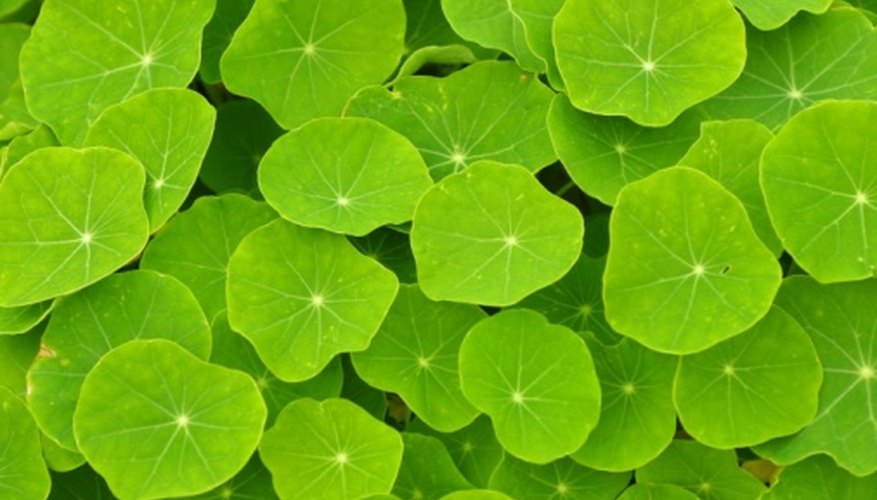
Recent advancements in technology, such as LED lighting, have resulted in plant factories becoming economically viable as a production facility for high-quality vegetables and herbs. To further improve the viability and monitor progress it helps, as a community, to use a set of shared key performance indicators (KPIs). Examples of such KPIs are the lighting system efficiency, the light utilization in terms of the fraction of light generated that is actually absorbed by the plants, and the light-use efficiency [i.e., the growth efficiency as expressed in grams of biomass production per mole of light offered to the plants (g mol‑1)]. In this paper we present a set of KPIs, their status, how they can be improved, and to what level they can be expected to improve. We show how some KPIs can be improved by an optimal lighting design, a crop transplanting strategy, and choice of crop variety. We present a model to estimate the theoretical maximum g mol‑1 achievable. We illustrate our approach with specific examples of what we achieved for lettuce growth and the growth of several types of herbs.
Authors: M.P.C.M. Krijn, R.F.M. van Elmpt, S.L. van de Voort, C.C.S. Nicole, G. van der Feltz, T. van den Bergh



